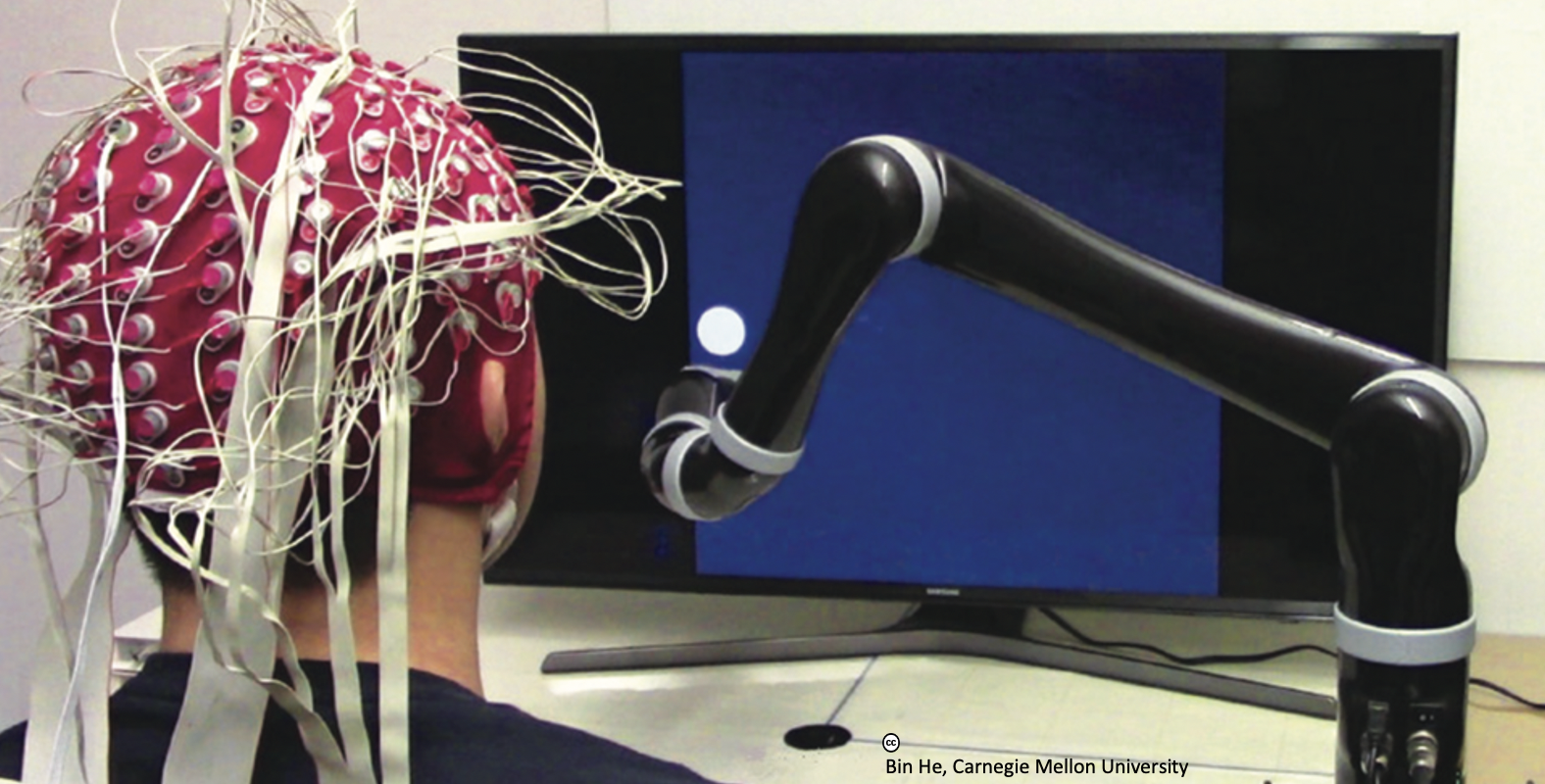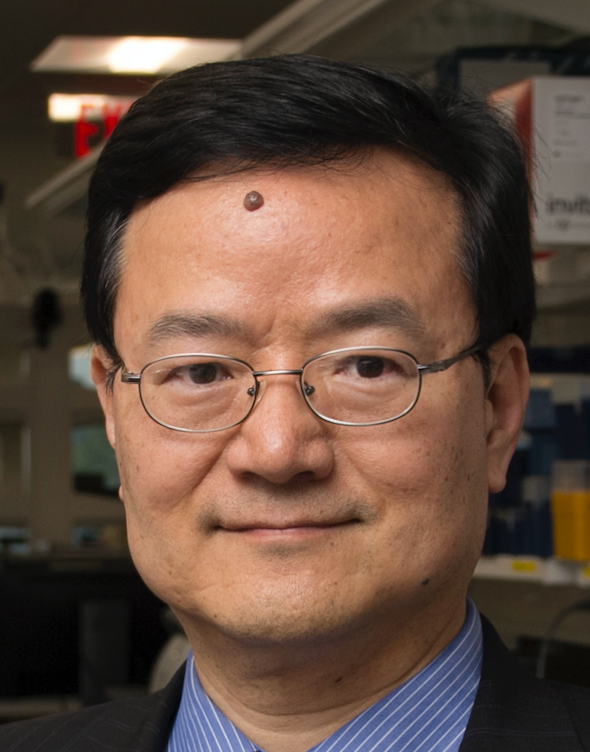
Noninvasive Human Brain Mapping and Brain-Computer Interface
28th October 2020
Timing : 1 pm EST
For zoom link to the talks, please email mjgc@mit.edu with your institute email and mention affiliation
For a list of all talks at the NanoBio seminar Series 2020, see here
Bin He, PhD
Trustee Professor and Head of Biomedical Engineering
Carnegie Mellon University
Bin He became Head of Carnegie Mellon University’s Department of Biomedical Engineering in 2018. Before CMU, he was Director of University of Minnesota’s Institute for Engineering in Medicine, Distinguished McKnight University Professor of Biomedical Engineering and Medtronic-Bakken Chair for Engineering in Medicine. Dr. He has made significant research contributions to the fields of neuroengineering and biomedical imaging, including electrophysiological source imaging, brain-computer interface, and neuromodulation. He has received a number of awards including the IEEE Biomedical Engineering Award, the William J. Molock Award, the Academic Career Achievement Award and the Distinguished Service Award from the IEEE Engineering in Medicine and Biology Society, the Established Investigator Award from the American Heart Association, among others. He served as a Past President of the IEEE Engineering in Medicine and Biology Society, Chair of Publications Committee of American Institute of Medical and Biological Engineering, and serves as the Chair of the International Academy of Medical and Biological Engineering. Dr. He also served as Editor-in-Chief of IEEE Transactions on Biomedical Engineering from 2013-2018, and as Member of NIH BRAIN Initiative Multi-Council Working Group from 2014-2019. He is an elected Fellow of International Academy of Medical and Biological Engineering, IEEE, American Institute of Medical and Biological Engineering, and Biomedical Engineering Society.
Trustee Professor and Head of Biomedical Engineering
Carnegie Mellon University
Bin He became Head of Carnegie Mellon University’s Department of Biomedical Engineering in 2018. Before CMU, he was Director of University of Minnesota’s Institute for Engineering in Medicine, Distinguished McKnight University Professor of Biomedical Engineering and Medtronic-Bakken Chair for Engineering in Medicine. Dr. He has made significant research contributions to the fields of neuroengineering and biomedical imaging, including electrophysiological source imaging, brain-computer interface, and neuromodulation. He has received a number of awards including the IEEE Biomedical Engineering Award, the William J. Molock Award, the Academic Career Achievement Award and the Distinguished Service Award from the IEEE Engineering in Medicine and Biology Society, the Established Investigator Award from the American Heart Association, among others. He served as a Past President of the IEEE Engineering in Medicine and Biology Society, Chair of Publications Committee of American Institute of Medical and Biological Engineering, and serves as the Chair of the International Academy of Medical and Biological Engineering. Dr. He also served as Editor-in-Chief of IEEE Transactions on Biomedical Engineering from 2013-2018, and as Member of NIH BRAIN Initiative Multi-Council Working Group from 2014-2019. He is an elected Fellow of International Academy of Medical and Biological Engineering, IEEE, American Institute of Medical and Biological Engineering, and Biomedical Engineering Society.
